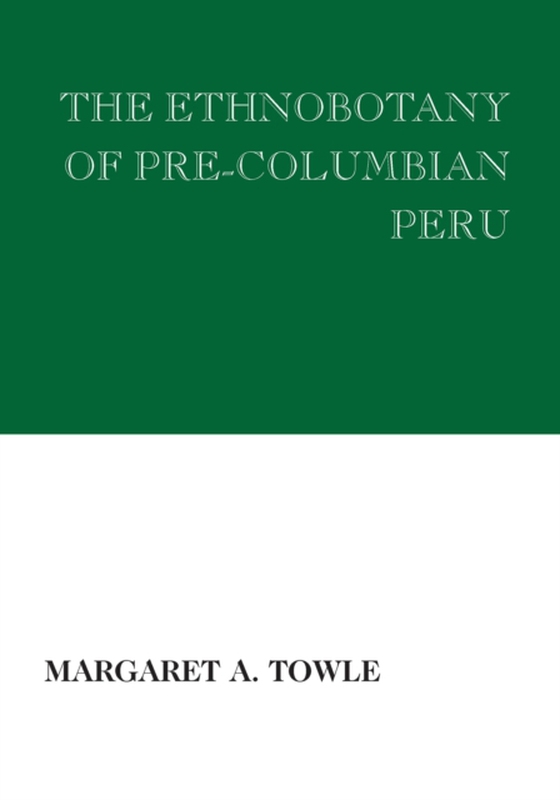
Ethnobotany of Pre-Columbian Peru e-bog
403,64 DKK
(inkl. moms 504,55 DKK)
All of man's life is in some way associated with the plant world, from his food and shelter to his art, religion and language. The study of this all-pervading relationship between man and the plant world is called ethnobotany. This book provides a systematic reconstruction of the ethnobotany of one of the hearths of American civilization, in the prehistoric cultures of the Peruvian Central Ande...
E-bog
403,64 DKK
Forlag
Routledge
Udgivet
28 juli 2017
Længde
183 sider
Genrer
1KLSR
Sprog
English
Format
pdf
Beskyttelse
LCP
ISBN
9781351303958
All of man's life is in some way associated with the plant world, from his food and shelter to his art, religion and language. The study of this all-pervading relationship between man and the plant world is called ethnobotany. This book provides a systematic reconstruction of the ethnobotany of one of the hearths of American civilization, in the prehistoric cultures of the Peruvian Central Andes.As we learn more about the rise and spread of New World agriculture, it becomes evident that Peru was one of the sources of its development. Plants were cultivated here at least 2,000 years before the beginning of the Christian era. Village life was intimately bound up with this cultivation, later civilizations rested upon it as a foundation, and from Peru agriculture was diffused to other parts of the Americas.Towle bases her work on the evidence of plant remains found in archeological sites, surveys of botanical and ethnological literature, and field studies of modern plant utilization. After a methodological and historical introduction, she proceeds to a systematic listing of plant species, each fully described. She then presents the ethnobotanical data for each of the cultural-geographic divisions of the area, giving a chronological picture of the use of wild and cultivated plants against a background of the cultures of which they were part. A summary of the evolutionary trends in the region as a whole is followed by a full bibliography and index. The book contains fifteen pages of plates.Margaret A. Towle (1902-1985) received her doctorate from Columbia University in 1958 and was research fellow in ethnobotany in the Botanical Museum of Harvard University.
 Dansk
Dansk

